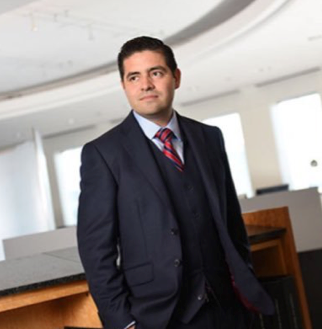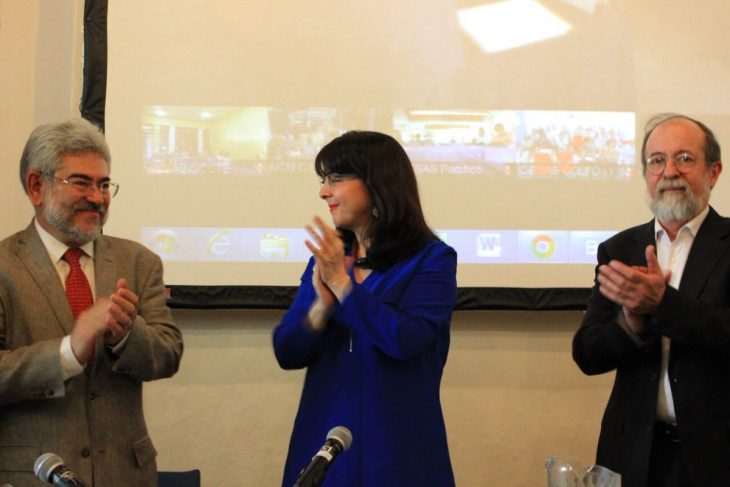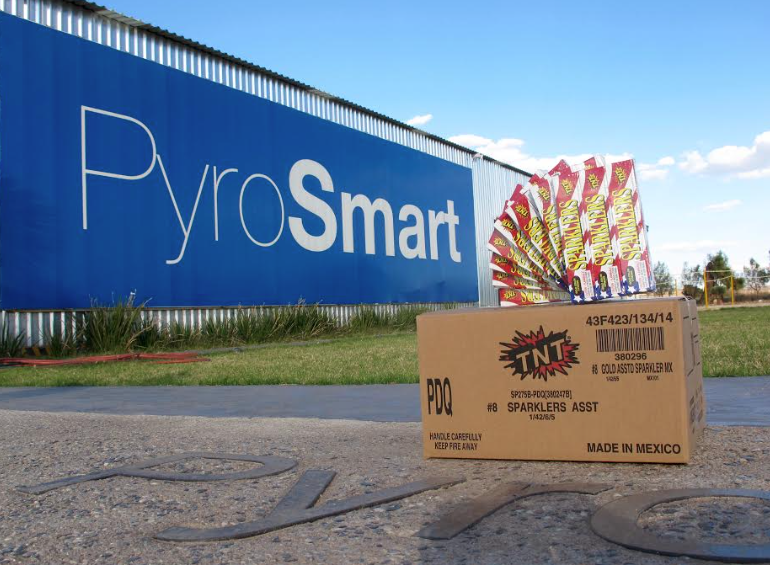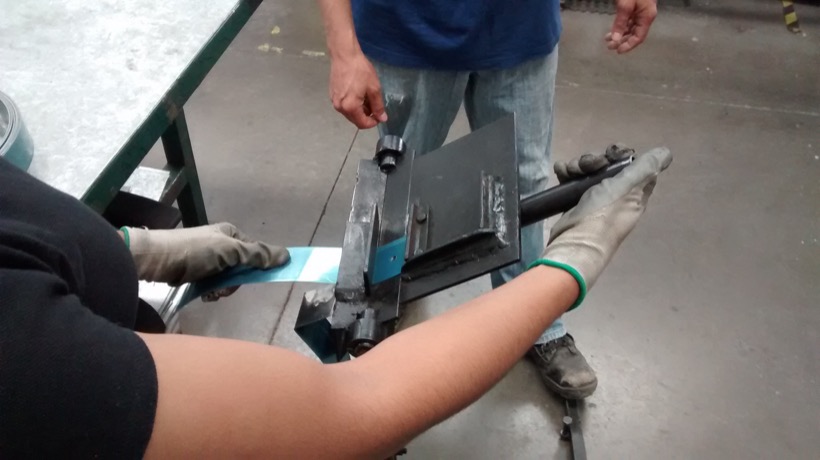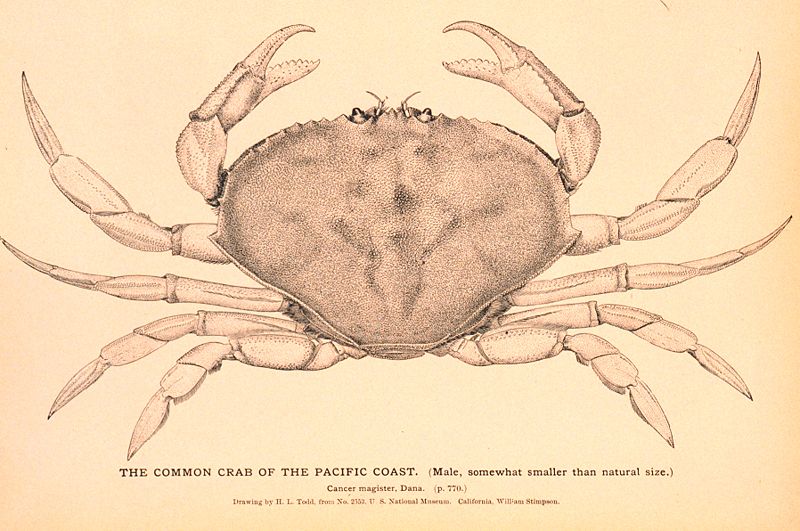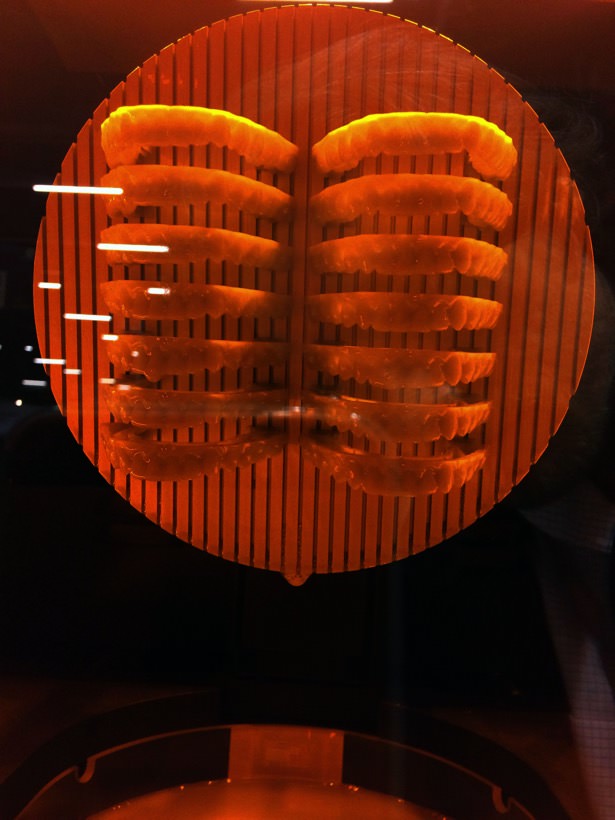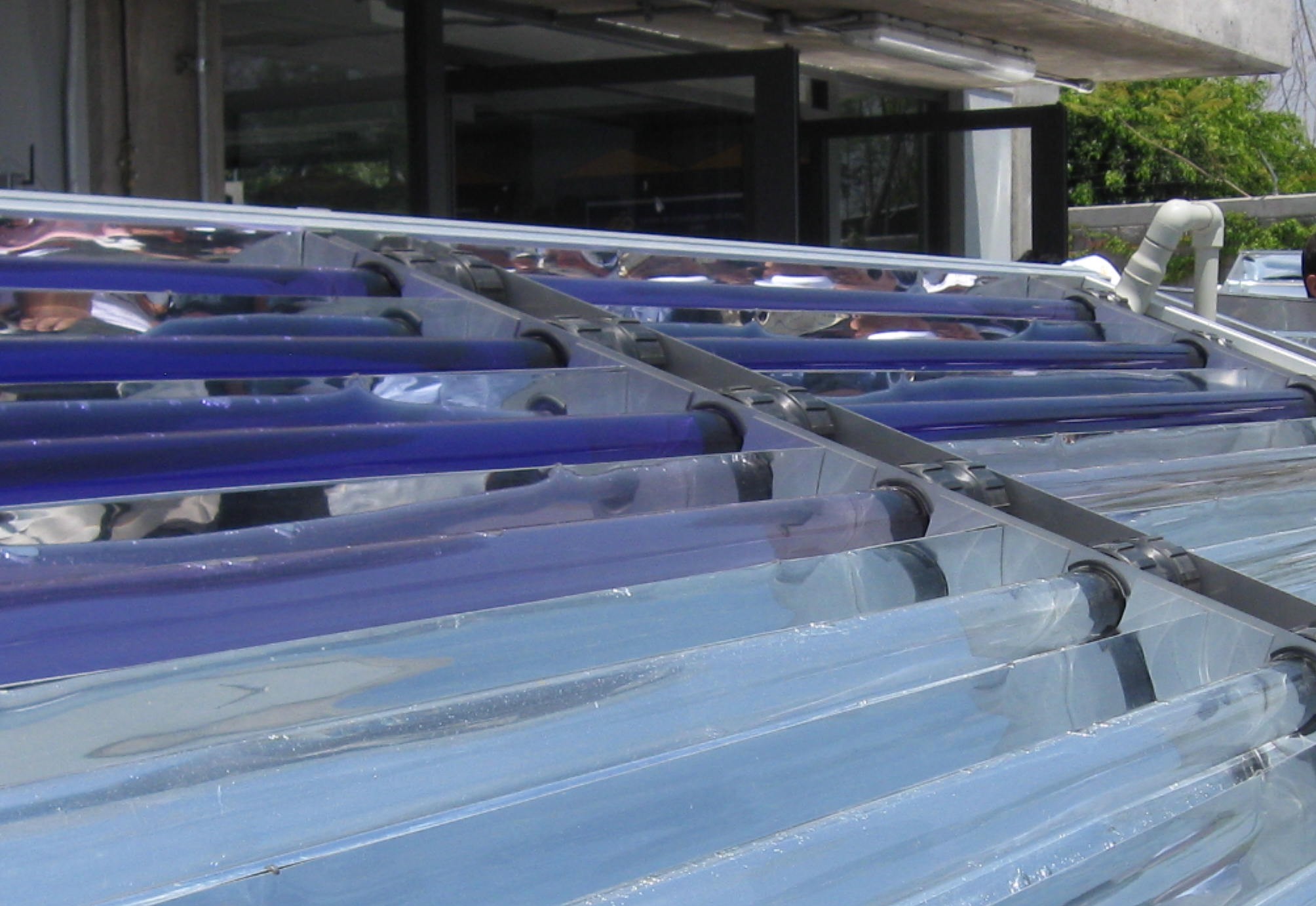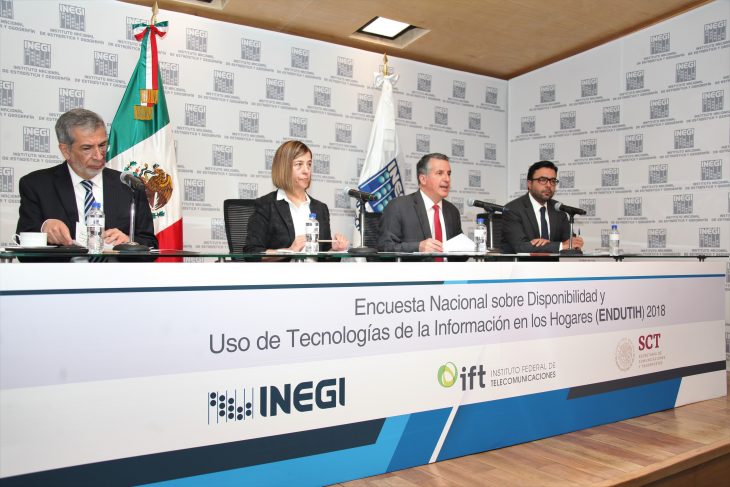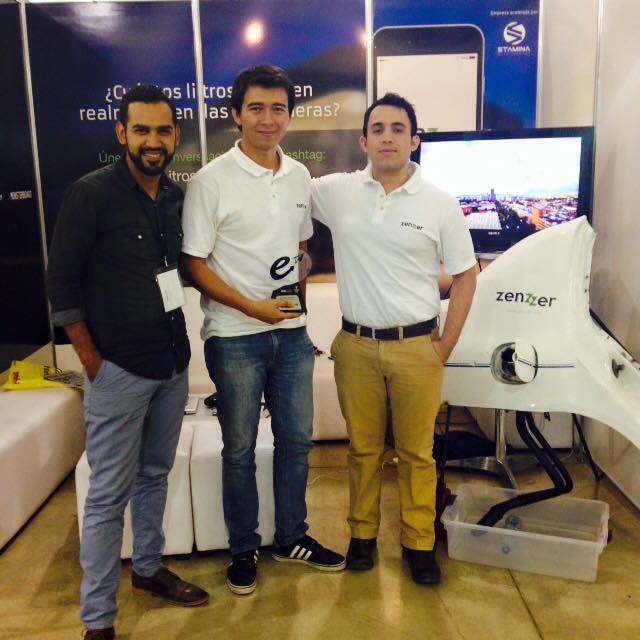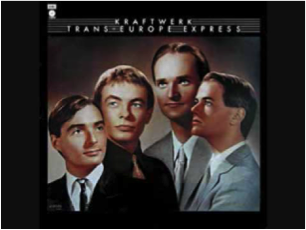Arturo Ishbak Gonzalez
Intellectual Property Attorney
Grupo Bimbo
In the U.S., a plaintiff filing a trademark infringement action must show three things: (1) plaintiff’s mark is protectable; (2) plaintiff has priority; and (3) the alleged infringing mark creates a likelihood of confusion.
The question of priority is often a hotly contested issue. Determining which party has priority in a particular case often is complex and highly fact-specific. Priority can be established in two ways: (1) use in commerce; or (2) constructive notice through filing a trademark application.
First, priority can be established through use of the mark in commerce. The term “use in commerce” means “the bona fide use of a mark in the ordinary course of trade, and not made merely to reserve a right in a mark.” Without question, advertising or publicizing a service that the applicant intends to perform in the future will not support registration; the advertising must instead relate to an existing service which has already been offered to the public. For example, in a recent Federal Circuit case, Playdom v. Couture, the court found no use in commerce where the mark was only used on a website that included only a single page, which stated:
“[w]elcome to PlaydomInc.com. We are proud to offer writing and production services for motion picture film, television, and new media. Please feel free to contact us if you are interested: [email protected].”
The webpage also included the notice: “Website Under Construction.”
Alternatively, under Section 7(c) of the Lanham Act, once an intent-to-use application or a use-based application for registration on the Principal Register is properly filed, the filing date of the application constitutes constructive use of the mark on or in connection with the goods or services specified in the application.
This constructive use confers upon the applicant a right of priority, nationwide in effect, against any other person, with the following three exceptions:
| 1. | A person who, prior to the filing of the application, has used the mark in the United States; |
| 2. | A person who, prior to the filing of the application, has filed a United States application to register the mark which is pending or has resulted in registration of the mark; and |
| 3. | A person who, prior to the filing of the application, has filed a foreign application to register the mark on the basis of which he or she has acquired a right of priority, and timely files an application under Section 44(d) to register the mark which is pending or has resulted in registration of the mark. |
Lanham Act Section 7(c), however, provides that a constructive use priority date is not effective against a person who, prior to the filing of the application, “has used the mark.” The use of the mark prior to the filing date need not be technical trademark use, i.e., use which provides a basis for registration. The Trademark Trial and Appeal Board has held that “use-analogous-to-trademark use” can establish a priority right sufficient to defeat a constructive use priority date.
A use-analogous-to-trademark use claim can be based on less stringent use requirements, such as use in connection with pre-sales activities, use in advertising, use at a trade show, use in promotional brochures, catalogs, trade publications, direct mail solicitations, or other publicly directed use that is targeted to purchasers and prospective purchasers. A party seeking to prove priority based on use analogous to trademark use must show that the use was open and public enough, sufficient to create an association in the mind of the consuming public between the mark and the underlying goods or services. Priority generally will not be awarded to a party whose alleged use-analogous-to-trademark use lacks the requisite public exposure.
In considering whether the use has the requisite public exposure, the courts will consider whether the use was sufficiently public to identify or distinguish the marked goods in an appropriate segment of the public mind as those of the adopter of the mark. Use of the mark must penetrate a significant portion of the relevant market. For example, if that party used his trademark only in communications with a few commercial actors within the relevant industry, there is no public exposure of the trademark and consequently no use-analogous. The Federal Circuit has explained that purchaser perception must involve more than an insubstantial number of potential customers. For example, if the potential market for a given service were 10,000 persons, then advertising shown to have reached only 20 or 30 people would not suffice.
It is important to note that any promotional activities must be within a commercially reasonable time prior to actual use for them to be considered analogous uses. Moreover, the activities utilized to establish rights in a mark must be continuous.
It is important to note that special priority considerations apply to merely descriptive marks. A mark that is merely descriptive is enforceable only if it has acquired secondary meaning. Secondary meaning is established if the mark has become distinctive through use so that the primary meaning of the mark is to identify source, rather than merely to designate a characteristic or quality of the goods or services. A Plaintiff must establish that its mark had acquired secondary meaning prior to the priority date of the defendant. This is referred to as the “priority of secondary meaning” doctrine. It is not enough for a plaintiff with a descriptive mark to claim mere priority of use; it must plead and prove priority of secondary meaning to establish prior rights. In a case where both the plaintiff’s and defendant’s marks were merely descriptive at the time of adoption, to prevail on a claim of likelihood of confusion it is incumbent upon the plaintiff to prove that its mark had acquired distinctiveness prior to the time defendant’s mark acquired distinctiveness. It should be noted that, if the applied-for mark was descriptive at the time the application was filed, and is shown to have acquired distinctiveness thereafter, the applicant still can rely on the filing date of the application for purposes of establishing priority.
Finally, a plaintiff in a trademark infringement claim must prove that the defendant’s use of its mark is likely to cause confusion. Although likelihood of confusion tests varies by court, courts typically examine at least the following factors in determining whether likelihood of confusion exists: (i) similarity between the parties’ marks in appearance, sound and impression; (ii) similarity of the parties’ products; (iii) the parties’ trade channels; (iv) the sophistication of the parties’ consumers; (v) strength of the plaintiff’s mark; (vi) evidence of consumers being actually confused by the defendant’s use of its mark; and (vii) the intent of the defendant to palm off its product as that of the plaintiff.
Arturo Ishbak Gonzalez
Prolongacion Paseo de la Reforma #1000, Ciudad de Mexico.
Twitter: @ArturoIshbak

